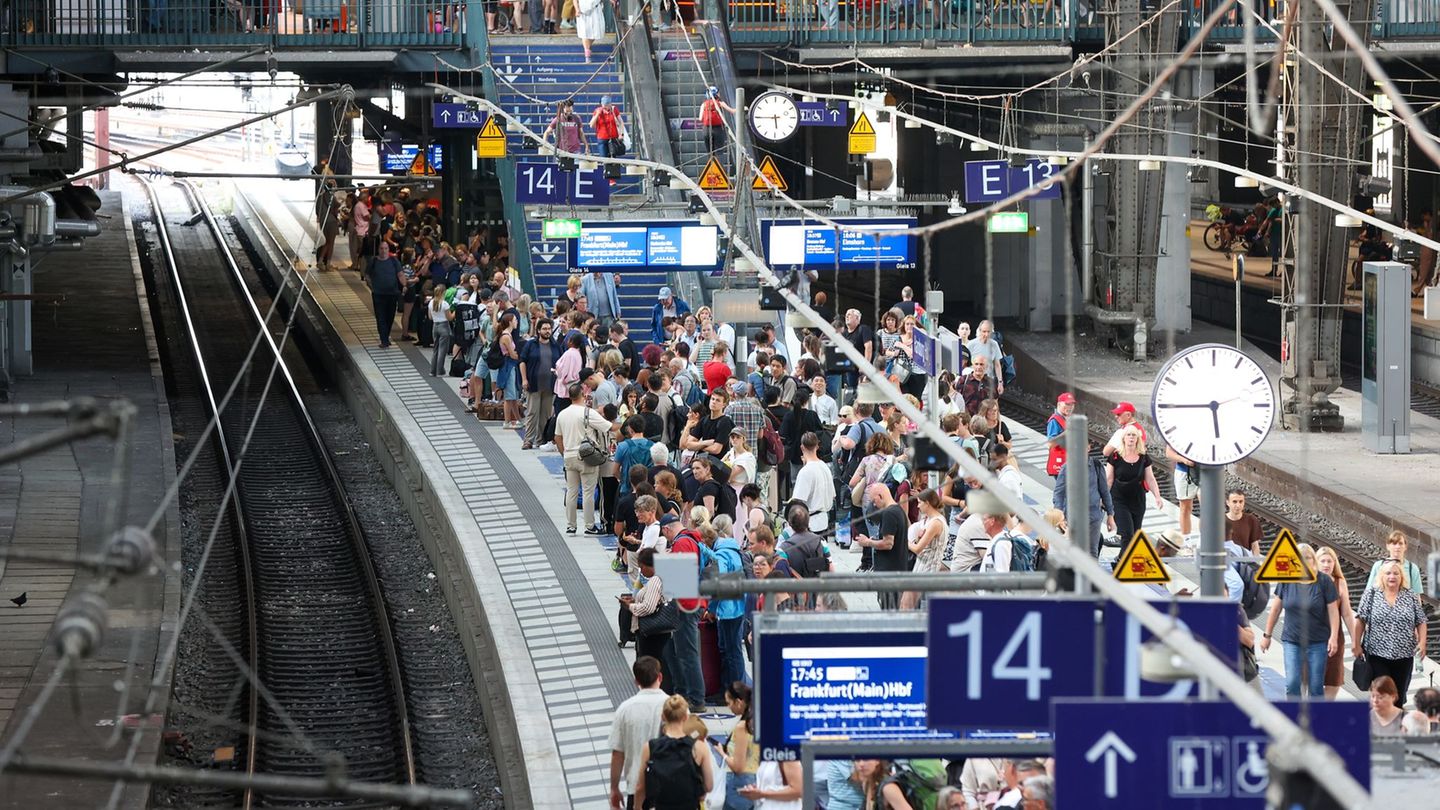According to the report “November inflation was driven in the first place by Recreation and Culture (5.7%), which is explained by average increases close to 25% in tourist packages to travel in the country and abroad. These increases have a clear seasonal component, taking into account the proximity to the summer holidays ”.
In second place, Clothing and Footwear rose 5.2%, within the framework of the proximity to the end of the year festivities. The increases in T-shirts for men (31.6%) and women (13.9%) stood out particularly. In third order, Transport became more expensive 4.4%, driven by increases in plane tickets and in the price of motorcycles 0km.
“Below the general level we find in first place Food and Beverages (+ 2.8%). In this case, the increases are largely explained by meats, which rose 8% in the month and ended with five months of relative price stability. The 7.9% drop in vegetables – a product of a favorable seasonality – made it possible to attenuate the average rises in food, ”warn IET analysts.
Household equipment and maintenance became 2.3% more expensive in November. “The virtual stability of prices (+ 0.2%) of household appliances played in favor, which was partially offset by strong increases in furniture (+ 6.8%),” the report highlights.
On the other hand, Health rose 2.2% in November, in a month in which prepaid services had no movements and medicines rose an average 2.3%. The biggest increases came from the side of medical consultations (3.5%).
Education became more expensive 1.5% in November, with the highest increases being registered in school supplies and texts. Communications (1.2%), Other goods and services (1.0%) and Housing (0.9%) were the items with the lowest increases. In the latter case, the rate freeze continues to have an impact on low inflation in the sector.
The report details a positive aspect of the situation, noting that “despite the very high inflation of 2021, real wages are gradually able to rebuild, at least in the registered private segment. In September, the purchasing power of registered private sector wage earners posted the third monthly increase in a row and was 2.8% above December 2019.
And he adds: “It also reached the highest value since the beginning of the pandemic. However, seen in a longer perspective, real wages are at levels similar to those of 2008, and 15% below the peak. of 2013”.
Source From: Ambito
David William is a talented author who has made a name for himself in the world of writing. He is a professional author who writes on a wide range of topics, from general interest to opinion news. David is currently working as a writer at 24 hours worlds where he brings his unique perspective and in-depth research to his articles, making them both informative and engaging.




